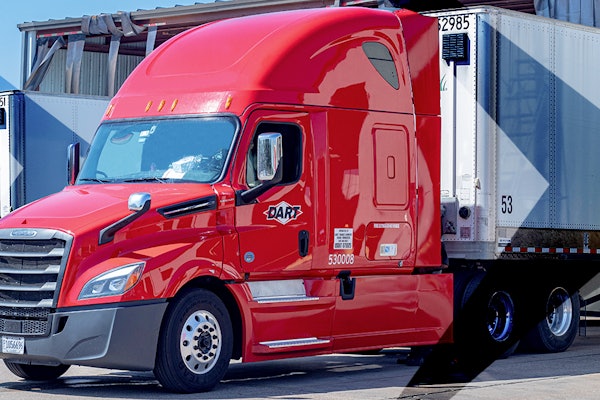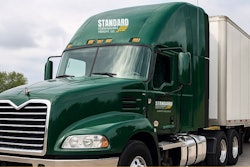As we all know, a fleet’s safety rating is an evaluation of whether the fleet is complying with the Federal Motor Carrier Safety Administration’s (FMCSA) safety fitness standard. Fleets can receive one of three ratings from the Department of Transportation — satisfactory, conditional and unsatisfactory. A satisfactory rating is a reflection of a company’s reputation but can also impact insurance costs and the ability to get new business.
The ratings are given following a detailed audit by FMCSA inspectors. They evaluate a number of things including vehicle maintenance records, roadside inspection results, drug and alcohol tests for drivers and more. The purpose of the ratings is to ensure that fleets stay in compliance with federal safety regulations which are designed to reduce the risk of an accident.
Drivers play a key role in whether a carrier is deemed satisfactory and there are several reasons for that.
Drivers are your first line of defense in ensuring that the truck is in top operating condition. They are tasked with competing pre- and post-trip inspections that are used to assess the condition of the truck before it goes on the road and when it comes back to the yard. During these inspections, drivers touch every part of the truck and check off any items they find to be defective. When they find a problem, they then file a Driver Vehicle Inspection Report (DVIR) that details what the issues are. The DVIR is then turned into fleet management who is responsible for seeing that the problem gets corrected before the truck goes back on the road.
Drivers also are responsible for ensuring that cargo is properly loaded and secured even if they did not do the actual loading and they are required to check the security of the load during the pre- and post-trip inspections and periodically during transit.
There are also strict drug and alcohol rules that govern drivers and fleets. These are mandated by DOT to have a random driver drug and alcohol testing program.
All this means that the priority has to be placed on making sure drivers are well trained and have the support they need to shoulder this big responsibility. If fleet managers expect their drivers to have safety as a top priority, they better demonstrate their own commitment to safety. They can do this by making sure that issues raised on DVIRs are addressed immediately whether the fleet does its own maintenance or outsources it. Drivers need to know that their input is taken seriously when it comes to the conditions of the vehicles they operate.
In addition, fleet managers should periodically conduct training refresher courses on the proper way to complete a pre- or post-trip inspection as well as on proper cargo securement techniques. And there should be periodic reminders about safe driving practices including the fleet’s policy on distracted driving.
Drivers do more than ensure that loads get delivered on time. They are a key component of safe fleet operations. Make sure you are giving your drivers the tools and support they need to ensure you are a DOT Satisfactory Carrier. You can’t achieve that status with them.











